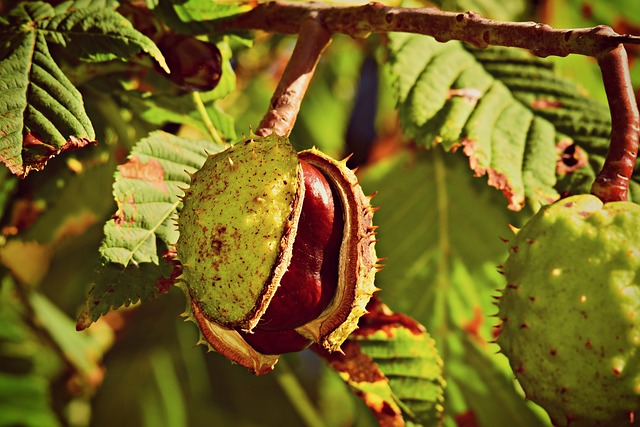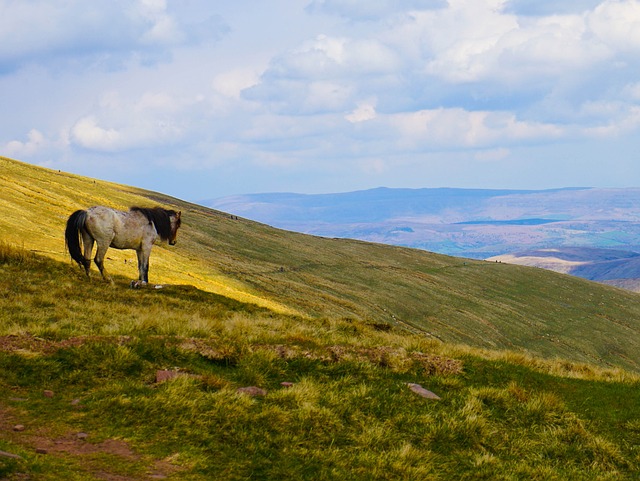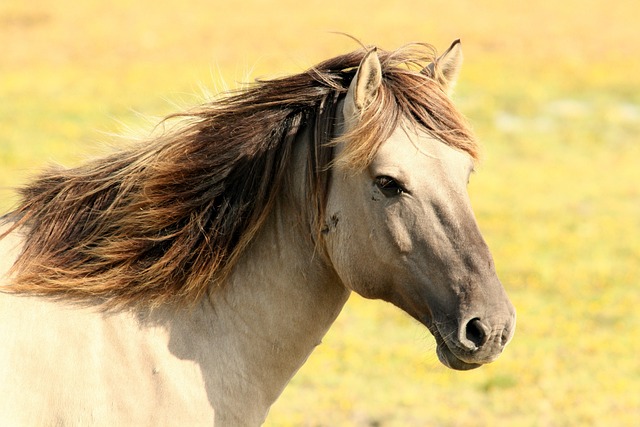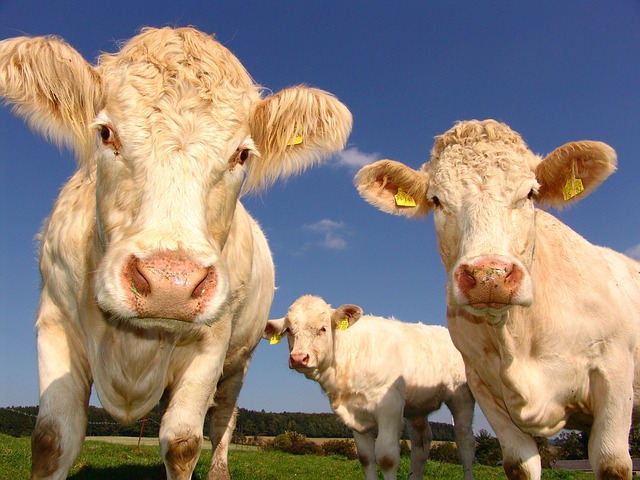
Hemlock
February 1, 2023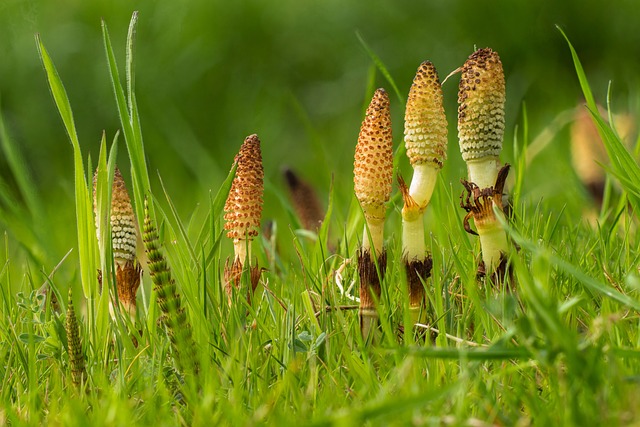
Horsetail plant
February 1, 2023Horse Chestnut Trees in the UK and their Poisonous Effects on Horses
The horse chestnut tree, also known as Aesculus hippocastanum, is a species of flowering plant native to the Balkans region of Europe. It is a popular ornamental tree in parks and gardens across the United Kingdom, and is also known for its medicinal properties. However, horse chestnuts can also be harmful to horses if ingested in large quantities.
The toxic compounds found in horse chestnuts include a group of chemicals called esculin, aescin, and saponins. These compounds can cause damage to the horse’s digestive system, as well as affect their circulation and breathing. Ingesting large amounts of horse chestnuts can lead to symptoms such as colic, diarrhea, lethargy, and difficulty breathing. In severe cases, it can even lead to death.
It is important to be aware of the presence of horse chestnut trees when keeping horses, especially if they have access to pasture land. Horses are naturally curious and may be attracted to the sweet, nut-like taste of the chestnuts, especially during the autumn when they are falling from the tree. Owners should be vigilant and ensure that their horses do not have access to these trees or their fallen fruit. If you suspect that your horse has ingested horse chestnuts, it is essential to seek veterinary attention immediately.
To prevent horses from ingesting horse chestnuts, owners can take the following steps:
- Fence off areas with horse chestnut trees to prevent access.
- Remove any fallen chestnuts from pasture land.
- Provide alternative sources of food and forage for horses.
- Educate others who use the land, such as riders and hikers, about the potential danger to horses.
In conclusion, horse chestnut trees can be a beautiful and beneficial addition to parks and gardens in the UK, but it is essential to be aware of their potentially harmful effects on horses. Owners should take precautions to ensure their horses are protected from exposure to these toxic trees.

